< Back to vaudeville
Vaudeville History
Electric Theatre
Metropolitan Theatre circa 1911
If you stroll down Main Street in “The Capital of the World” 126 years after Theodore Friedman (Ted Lewis) was born, you’ll still see many of the same sights Ted saw as a youth. The building where Ted was born is still standing as is his father’s successful women’s fashion store Friedman’s Bazaar. The Electric Nickelodeon was located at 207 West Main Street where Ted made his professional debut in 1906 singing to illustrated song slides. Down the street is the Metropolitan Theatre at 106 West Main Street. In the entry way you can still see a glimpse of the tin ceiling installed when the theatre opened around 1911. Ted performed there in 1911. This Vaudeville show will bring the memories of the performances from long ago back to the stage.
Edgar and Ted Friedman in "The Warden and the Jailbird Coon", 1909
To recreate this Vaudeville show it was necessary to search for scripts, orchestrations and illustrated songs. The Ted Lewis Museum unfortunately has little primary source information about Ted’s early career, apart from a few photos and interviews from later in life. We were lucky to obtain copies of 4 illustrated song slides from the Marnan Collection in Minneapolis. Illustrated songs originated in 1894 and had their heyday in the early 1900s at Nickelodeons across the US (aptly named because the admission was a five cents). Illustrated songs were a way for music publishers to introduce their newest songs to the public. Each slide was individually hand colored. The singer would sing the two verses and choruses and then the lyrics were projected on the screen and the audience would join in with the last chorus. We also selected three short silent films produced by Thomas Edison in 1905-6 that will be screened between the illustrated songs, just as they would have been at the Electric Nickelodeon.
The first archival discovery was a typescript for “The Warden and the Jailbird Coon” written by Theodore (Ted) Friedman at the Library of Congress. This was submitted for copyright on April 25, 1911. Ted originally played the Jailbird in blackface so we have revised the title for this performance to “The Warden and the Jailbird.” Ted remembered being fired so many names that he would wire into the Gus Sun office with a different name every week to get new jobs.
Jules Held & Co. in "Childhood Days, Detroit 1910 (Ted on far right)
We then chanced upon a photo at the museum of Ted with Jules Held and Co. in “Childhood Days” in 1910. Based on Gus Edwards famous “School Days” act, “Childhood Days” was written by Jules Held who also played the “Dutch” German dialect role of Professor Limburger. He toured with this act from 1908 through the late 1920s. Ted played the role of Izzy Goldstein O’Brien (the Jewish kid with an Irish last name for “protection”) in 1910. He made $22.50 a week at a time when room and board was $1.75 a day.The act toured on the Gus Sun Circuit, a small time Vaudeville Circuit which was based in Springfield, Ohio and had theatres throughout small towns in Ohio, West Virginia, Michigan, and Pennsylvania. Jules Held filed his typescript for copyright on April 11, 1910.
Now that we had the two scripts, the next challenge was the music. Both scripts indicated the placement of songs, but did not list specific song titles. Searching through period issues of theatrical newspapers Variety and Billboard, I was able to determine specific song titles in the “Childhood Days” act. Finding sheet music was a fairly easy task, but orchestrations were a different story. All vaudeville houses had live music, ranging from a solo piano to a 28-piece orchestra. The orchestra would perform an overture, accompany the acts, and then an exit march. In the 1890s through the 1920s, music publishers produced what were known as “stock” orchestrations. Created for 12 piece “small” orchestras, they were played in theatres, restaurants, department stores, anywhere that had live music. We were lucky to locate stock orchestrations for the majority of the numbers in the two vaudeville acts, but some had to be meticulously re-orchestrated from the piano/vocal sheet music.
To pay tribute to Ted’s wife Adah, the overture selected for the show is “Selections from the Operetta The Spring Maid.” Adah toured with this Viennese operetta by Heinrich Reinhardt in 1913-14, a year before she met Ted.





